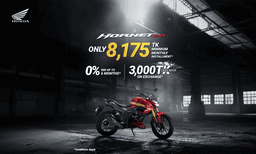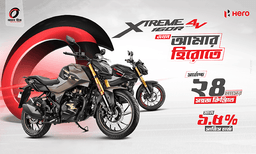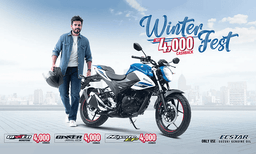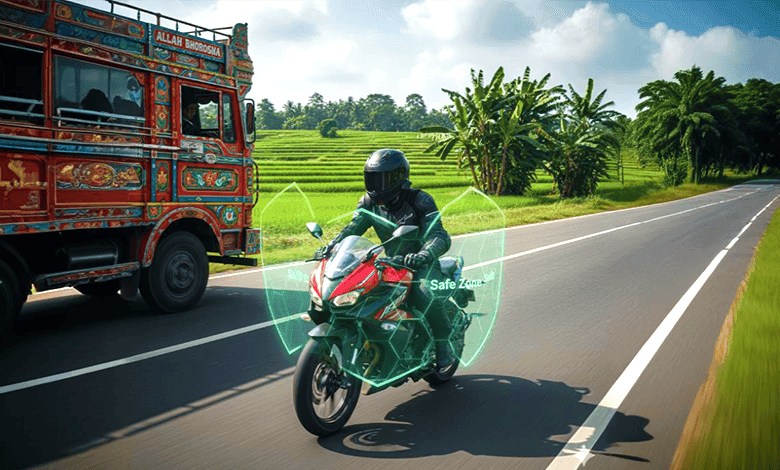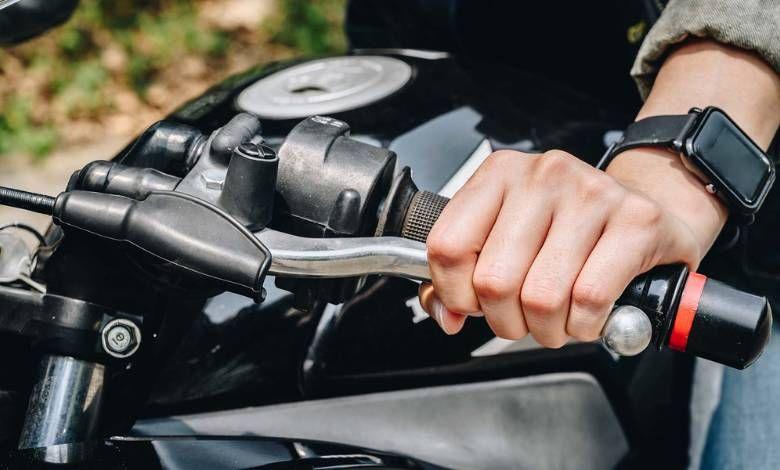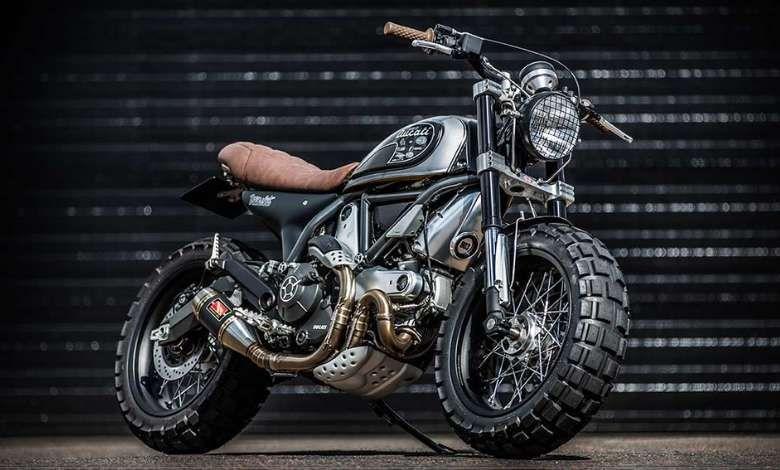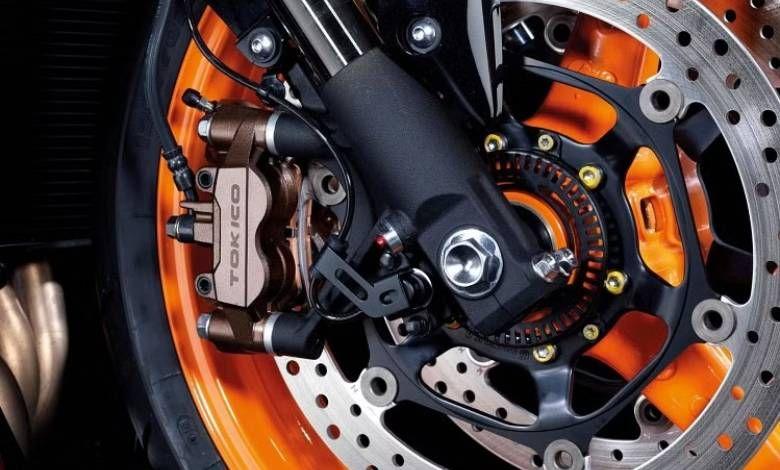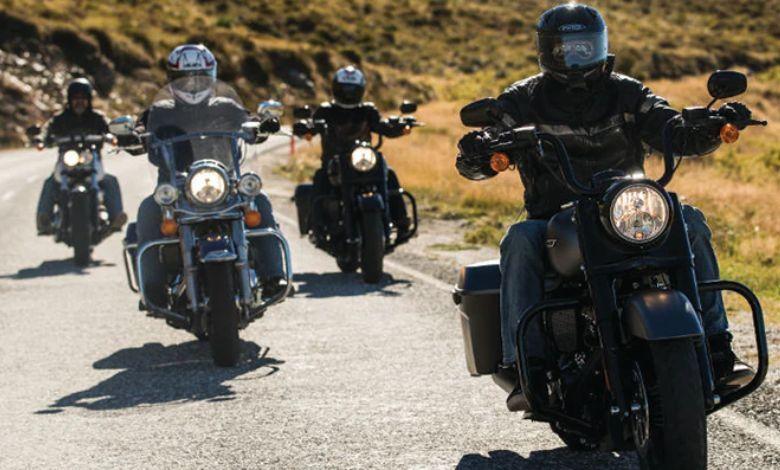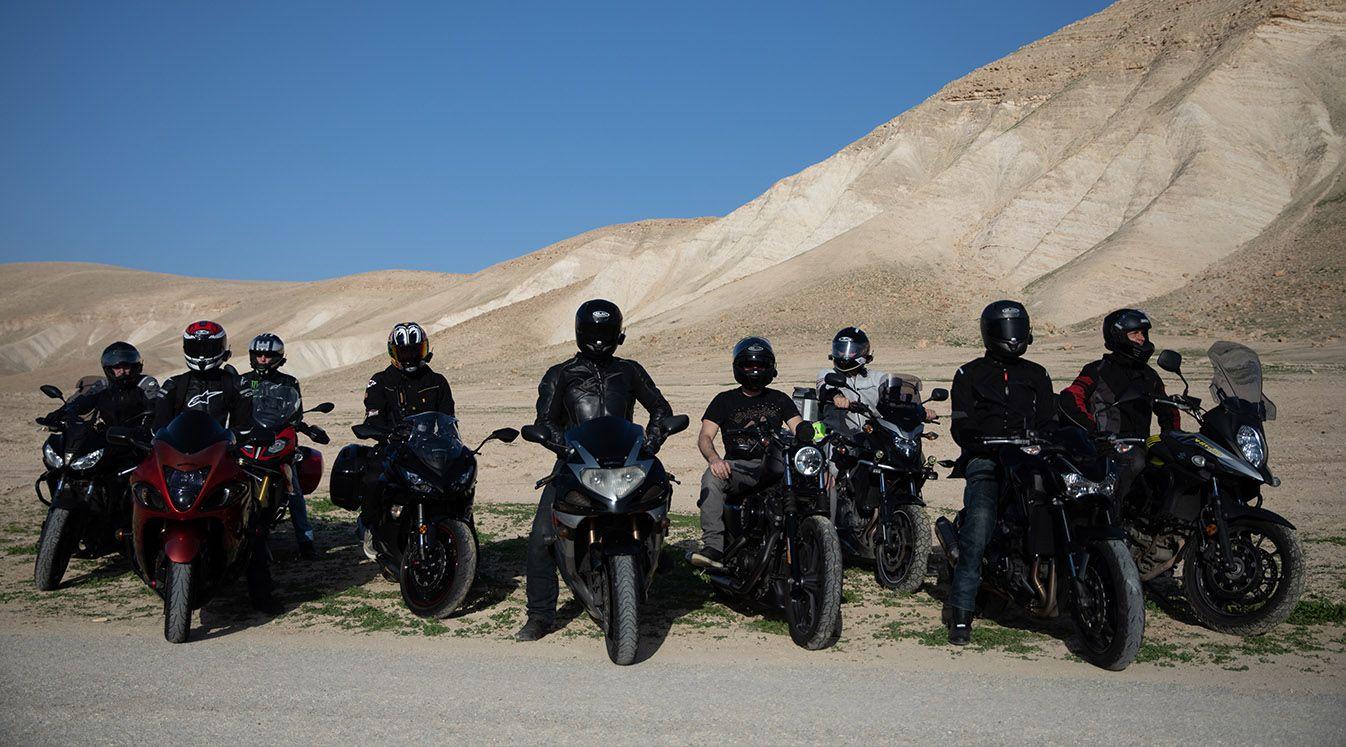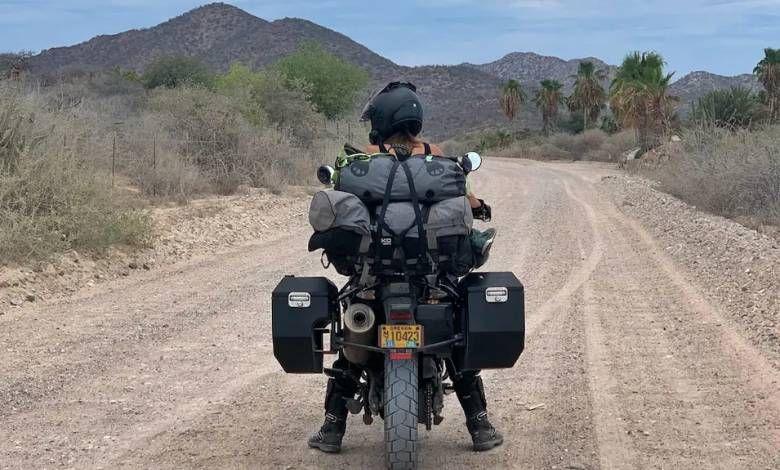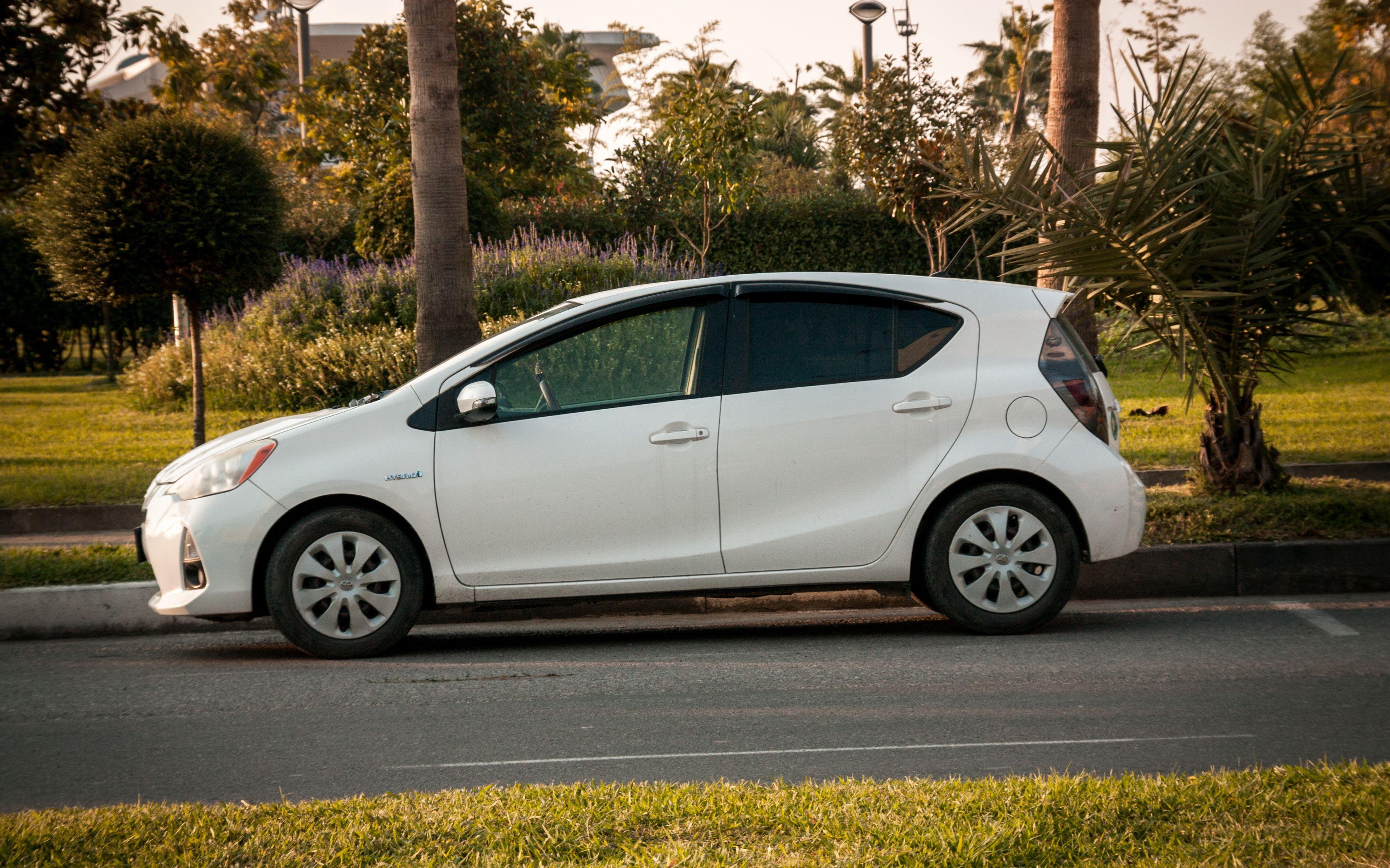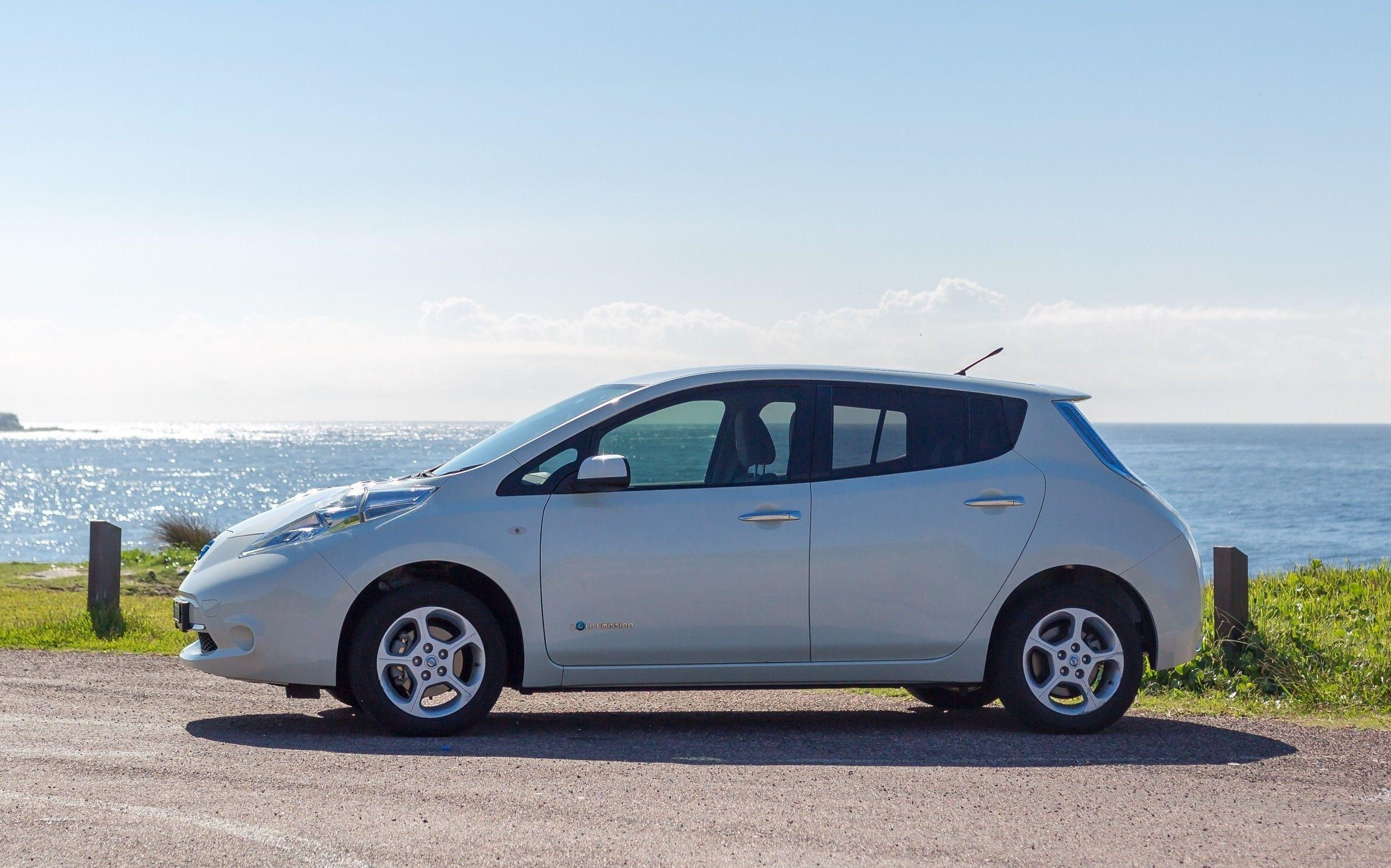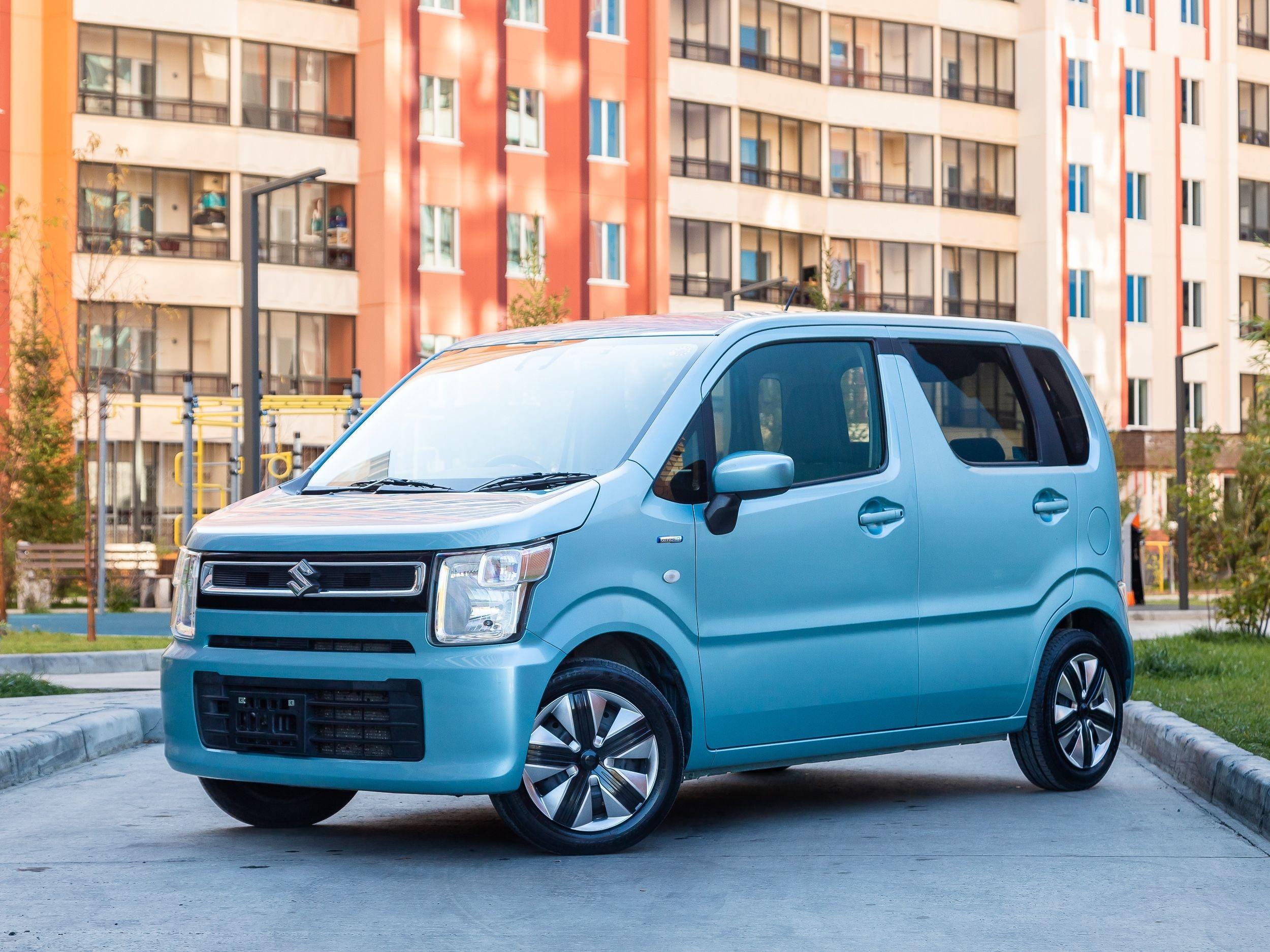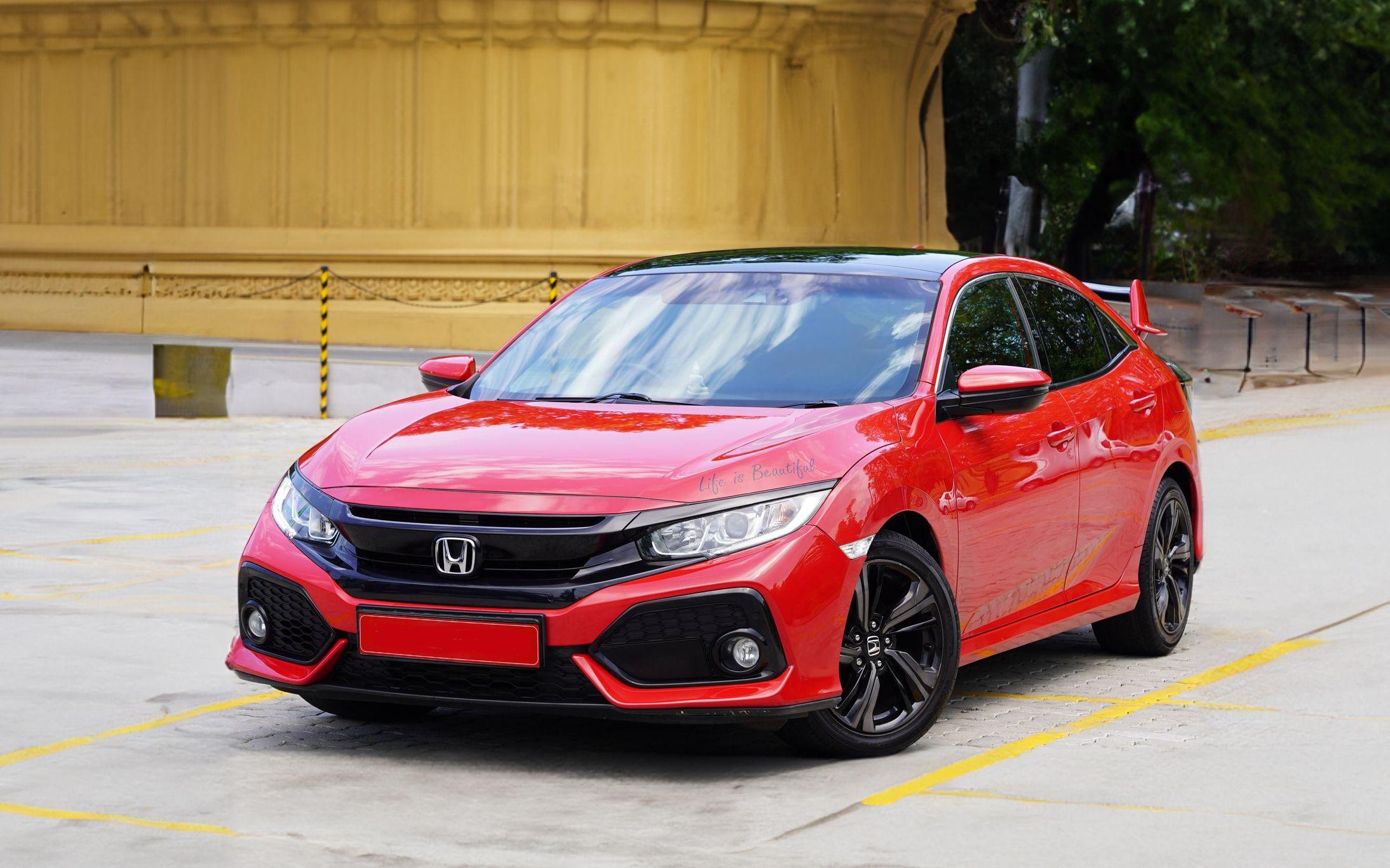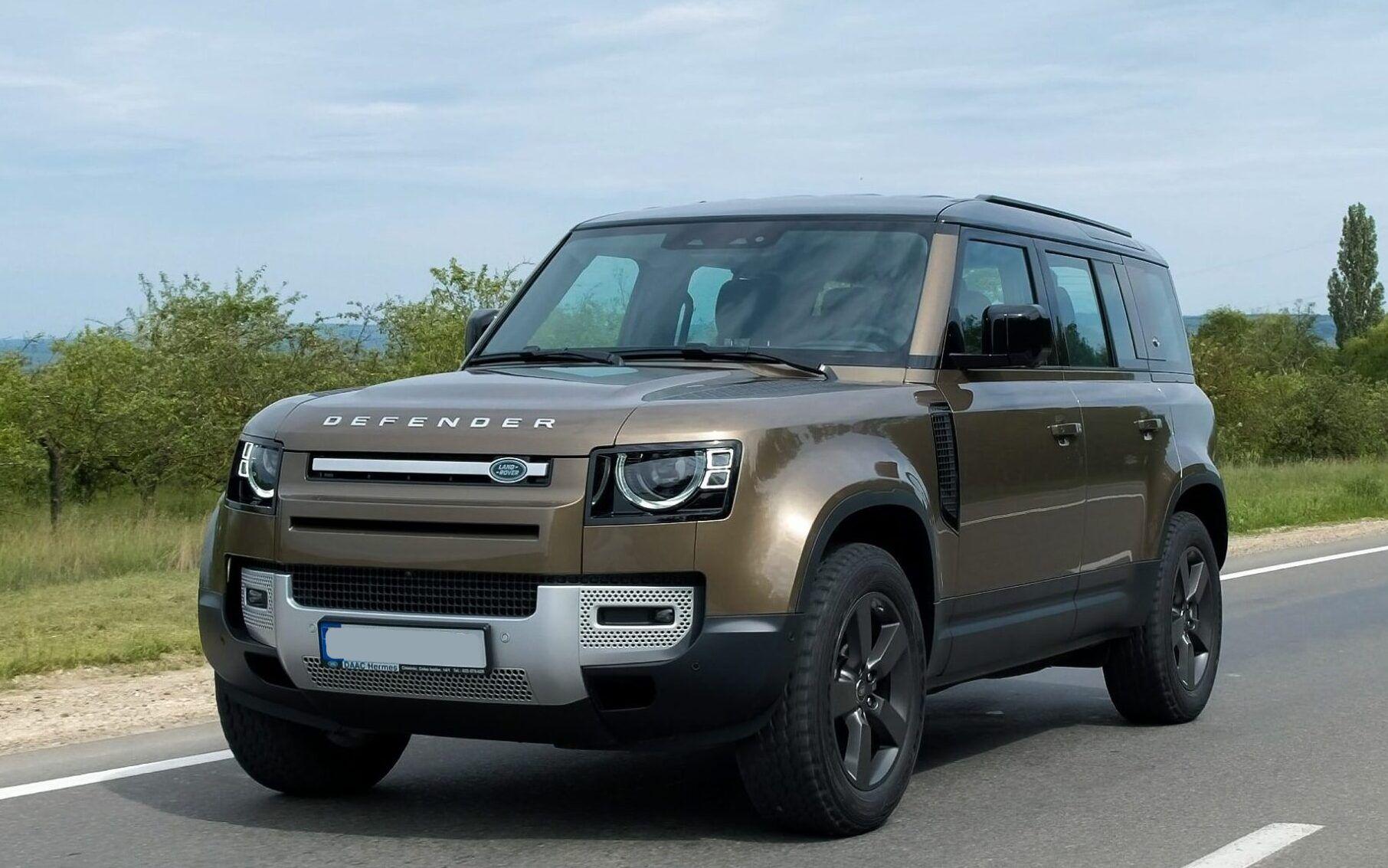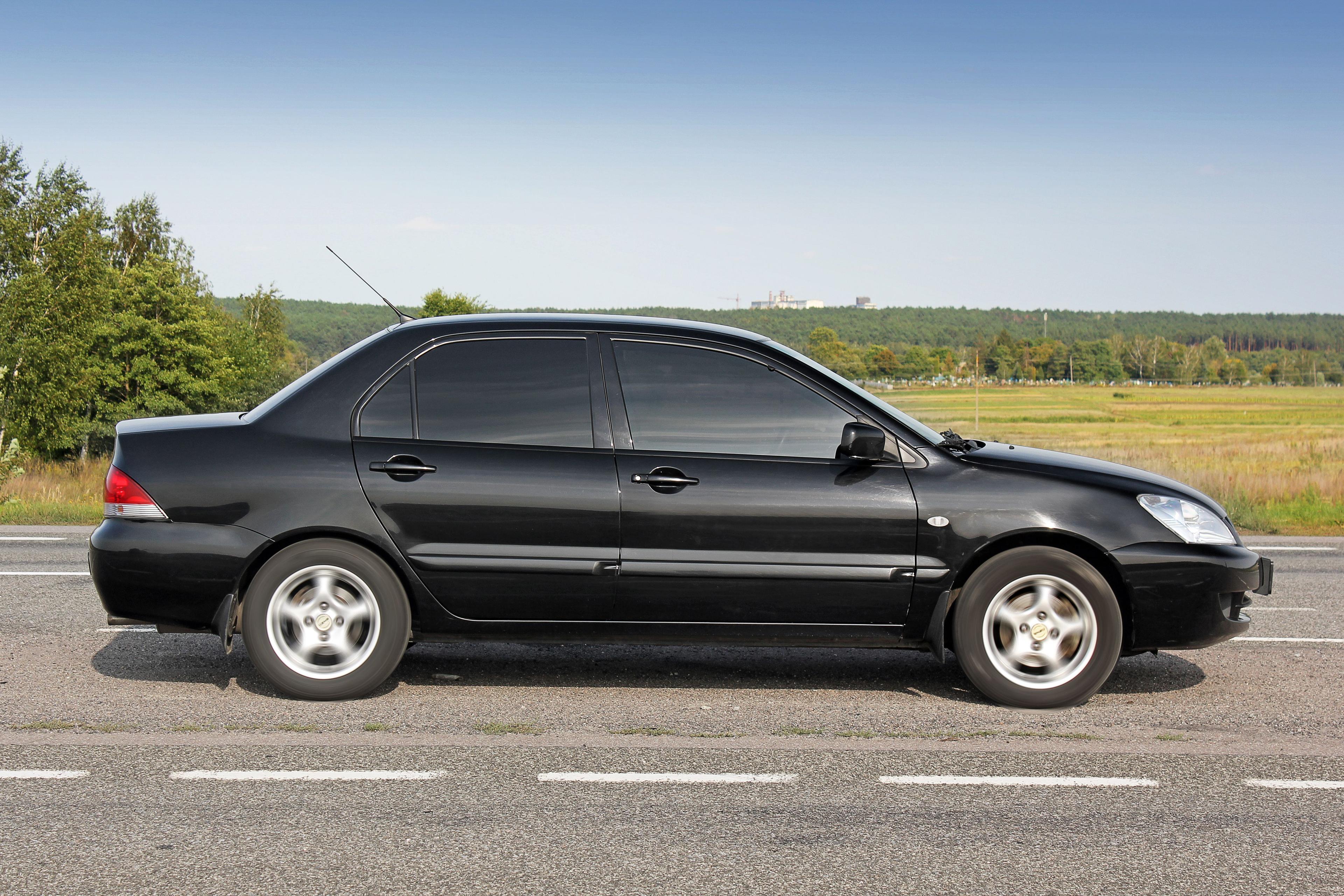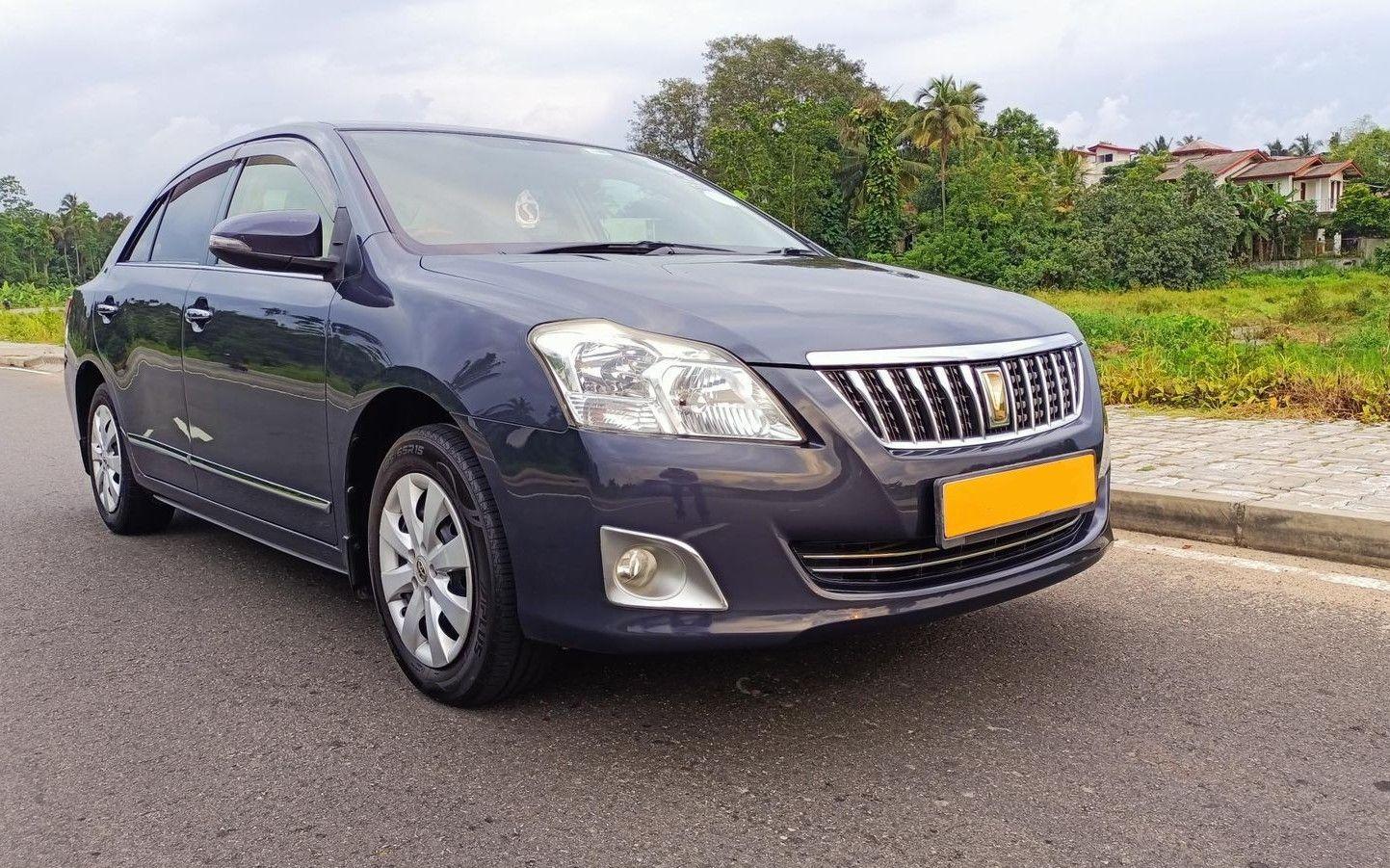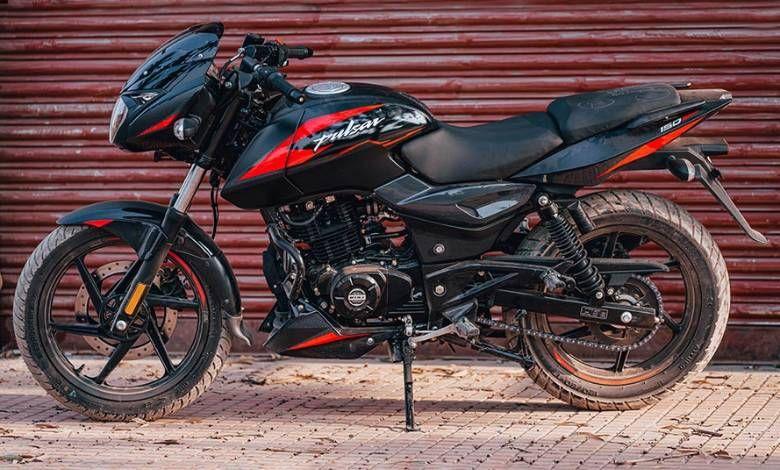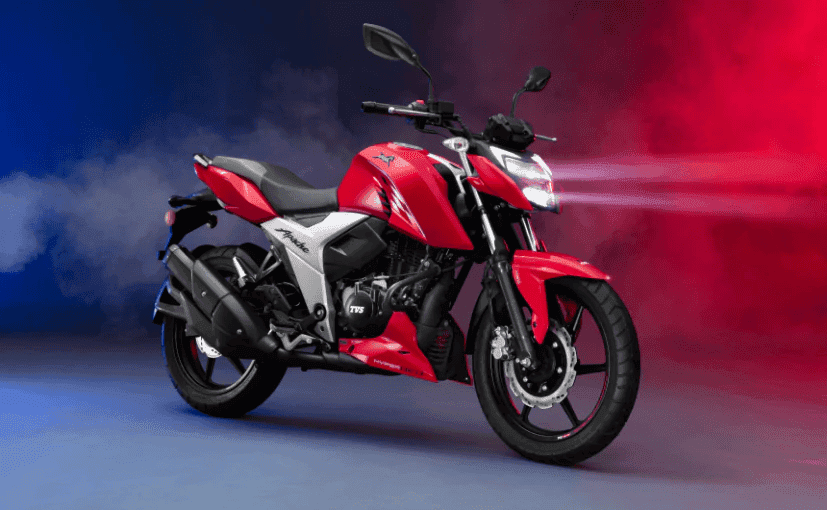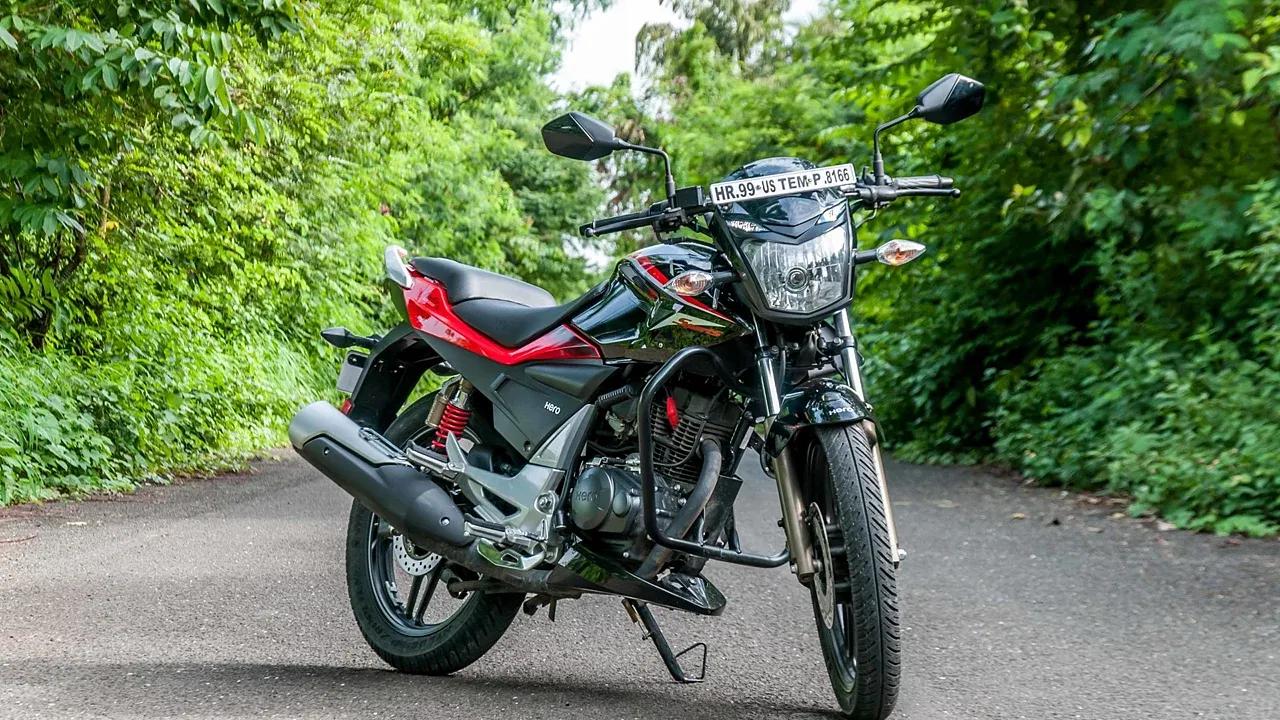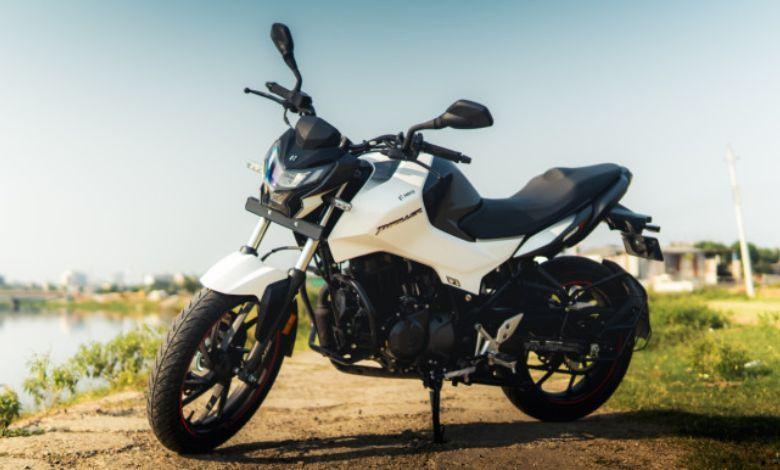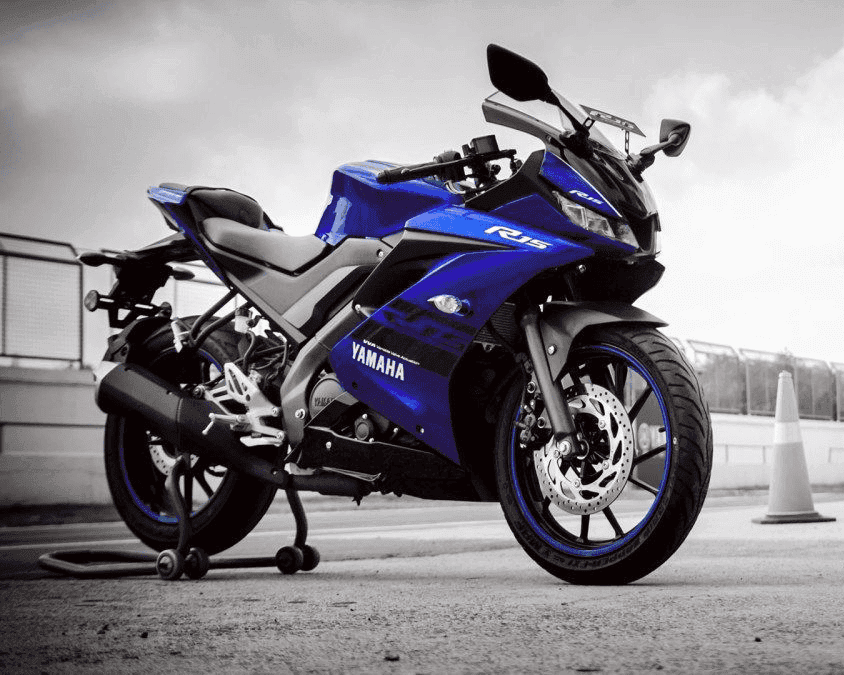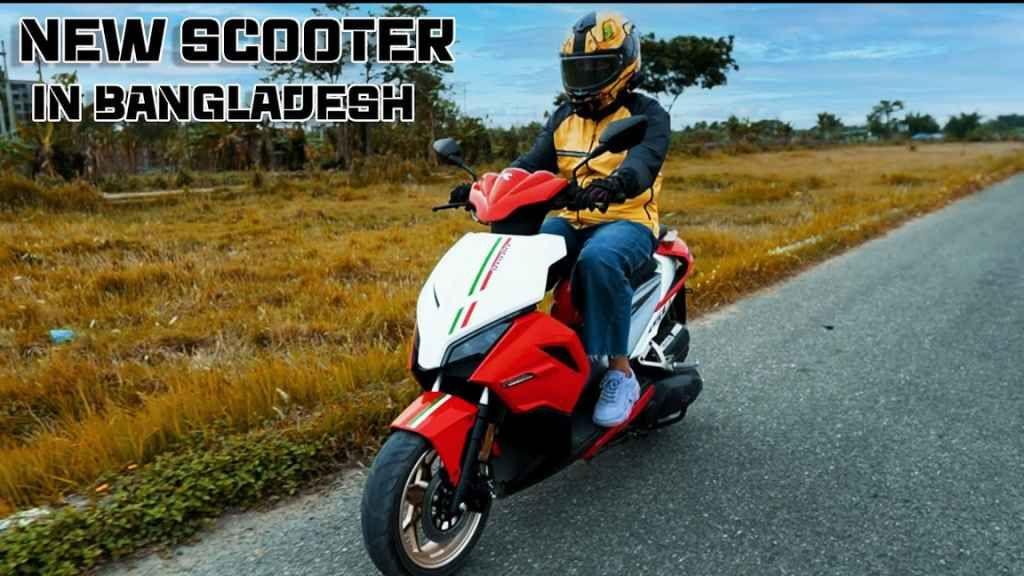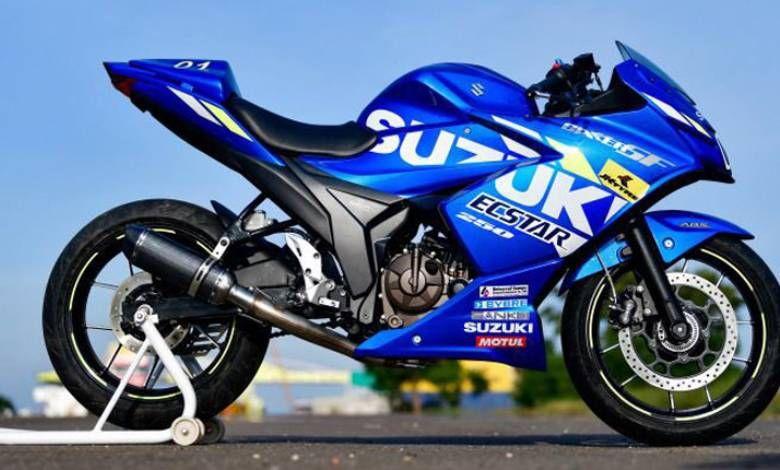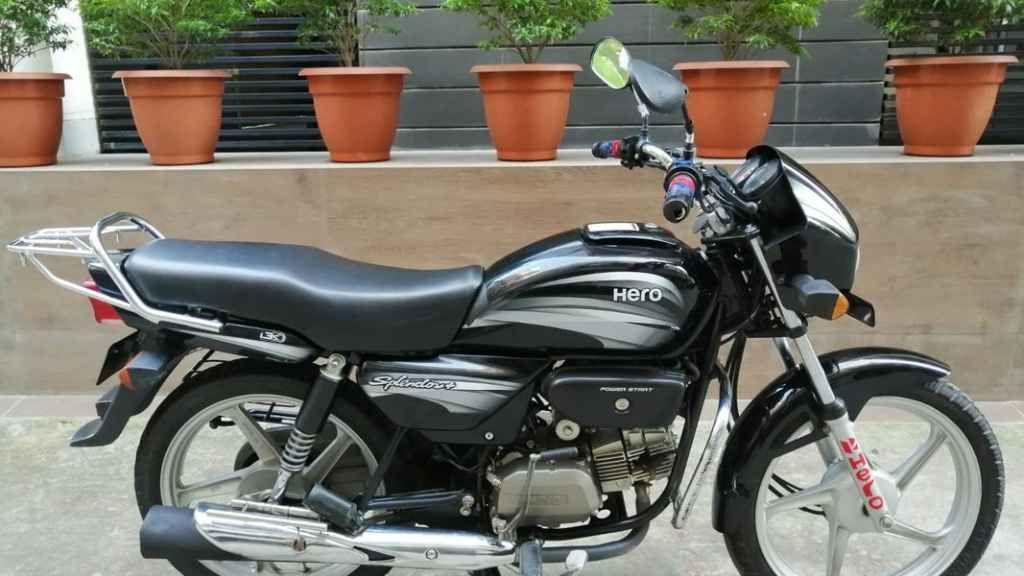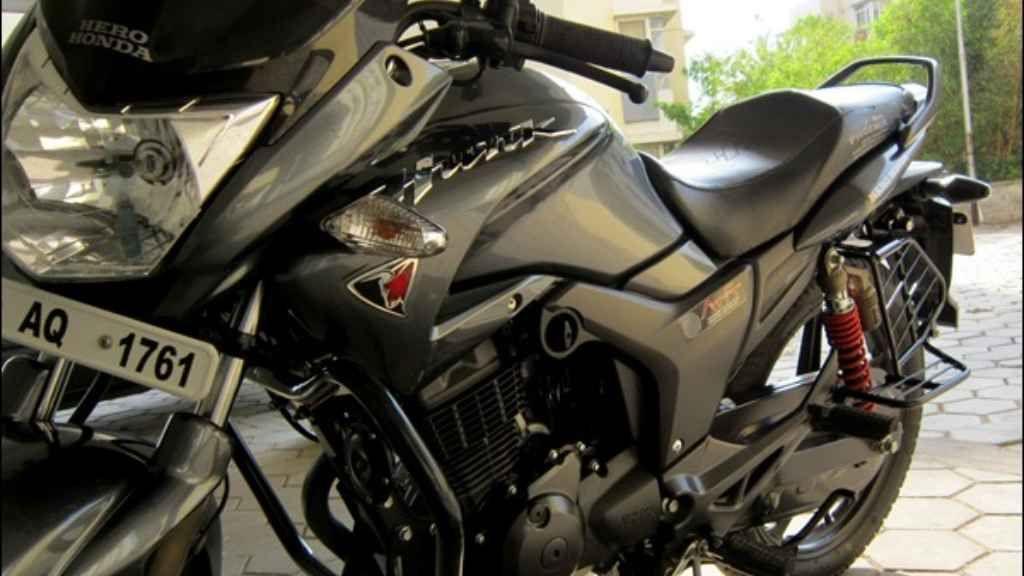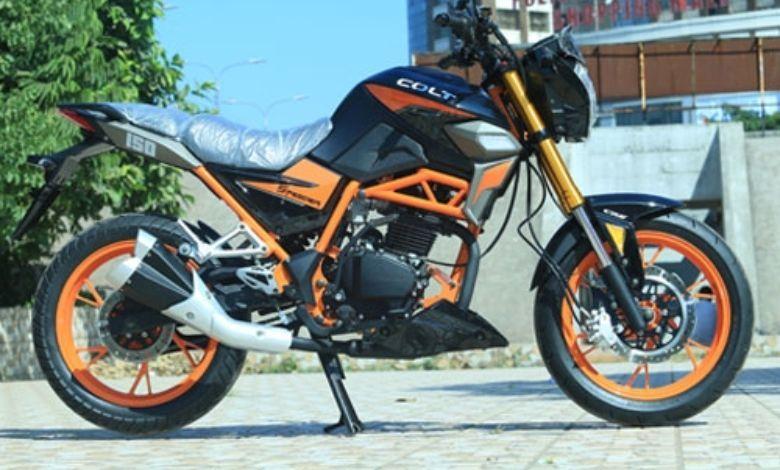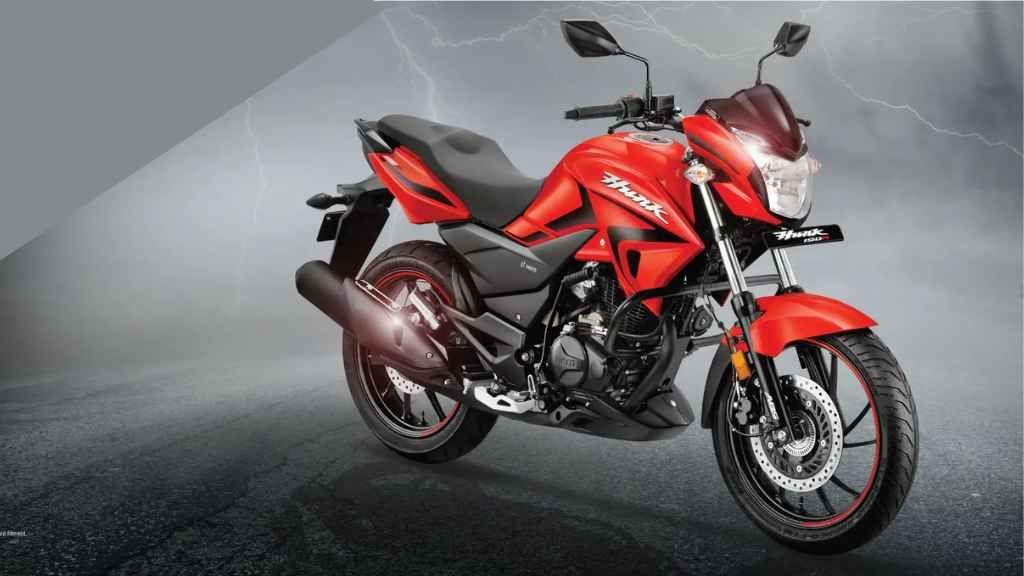Riding with a Pillion: Responsibilities for Rider and Pillion
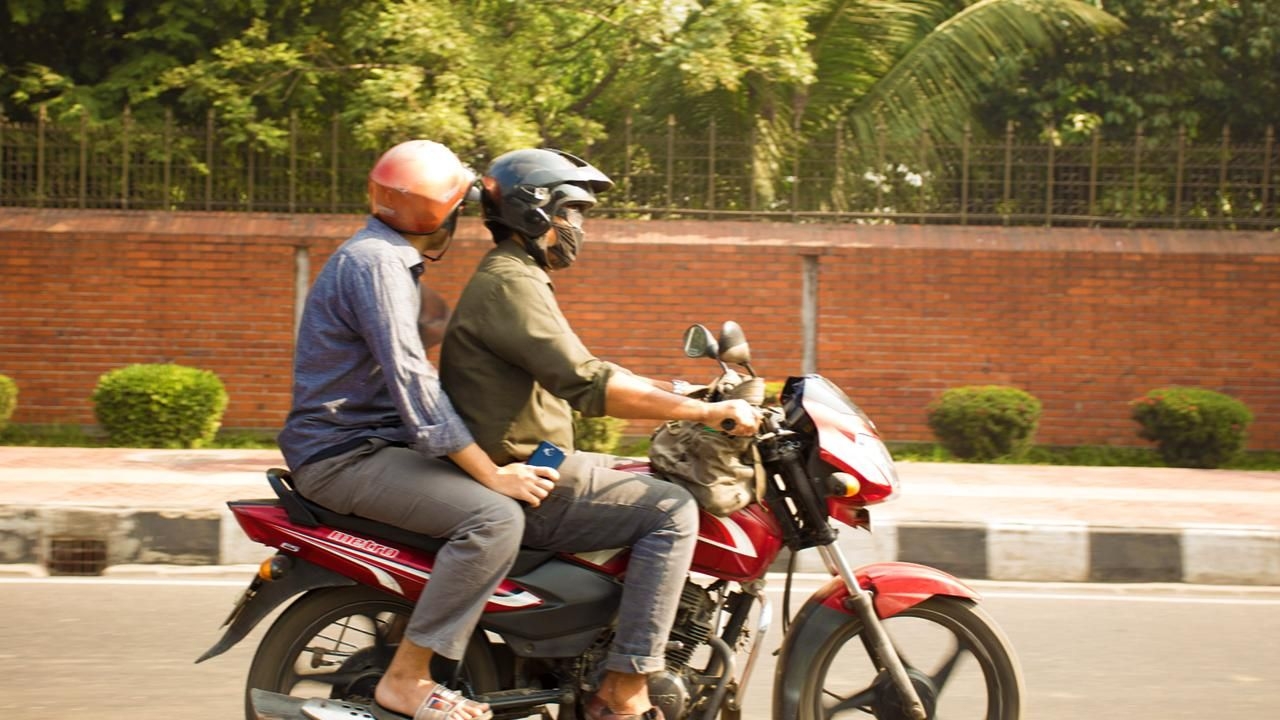
The true test of a rider's skill comes when they have to ride a bike with a pillion. In digital Bangladesh, the biggest reason behind the increase in bike prices in 2022 is the growing demand for motorcycles as an an alternative to passenger and goods transport in the country. In recent years, a large number of people have bought bikes specifically for ride-sharing or delivery work. Today's topic on Bikes Guide is riding with a pillion, or a co-passenger. Here we will look at some basic rules for pillion riding, what a rider should do when riding with a pillion, and what you need to know before riding as a bike pillion.
Pillion Riding: Basic Rules
When riding a bike with a pillion, the rider has the most responsibility. A rider must pay attention to the safety and comfort of the bike pillion from the very beginning. The basic rules that a rider must always follow for pillion riding are listed below:
- Must have a complete and valid motorcycle license.
- Must have all necessary convenient supports for pillion riding, such as foot-rests for placing feet, grabbing rings attached to the seat, properly sized and safe seats, etc.
- A quality and safe helmet is mandatory for the bike pillion.
- The decision to ride with a co-passenger will be entirely up to the rider, and they must ensure that the pillion is safely delivered to their destination.
- There is no specific age limit for a bike pillion; riding with a pillion of any age and gender is permitted. However, a rider must be within the specified age limit to obtain a license and approval.
How to Ride with a Bike Pillion (Co-passenger)?
Preparing the motorcycle for pillion riding
You must first check if your motorcycle is suitable for riding with a bike pillion, or co-passenger. If your bike's load limit is insufficient and it's not suitable for carrying a pillion, then you'll need to adjust a few things:
- The pre-load of the rear shock absorber needs to be adjusted. This will prepare the bike to carry some extra weight. This simple adjustment can be made by tightening a cog attached to the shock.
- Adjusting and checking tire pressure is very important. Tire pressure may need to be increased or, in some cases, decreased to carry a bike pillion. The structure of each bike is different, so following the manual would be wise.
- With added weight at the back, the bike lowers slightly at the rear. Therefore, you need to adjust your bike's mirrors at the beginning, before riding with a pillion.
- After safely delivering the pillion to their destination, remember to fold up the pillion's footrest.
Maintaining communication with the bike pillion
If you are a new rider, assume your pillion is also inexperienced at riding on the back. Discussing the following points about communication with the pillion before riding can make both the rider and pillion feel comfortable:
- How to get on and off the bike
- What to do during cornering
- What to do during braking
- What to do when stopping at a traffic sign or junction
- How to communicate with the rider while moving should also be discussed. Many communicate through gestures or signals, while others use Bluetooth headphones and speakers to talk to each other.
Riding gear and helmet
Just as you, as a rider, must wear full safety gear and a helmet, it is equally important to provide the same for your bike pillion. In addition to having a good helmet, gloves, etc., ensure that the pillion wears jeans and a riding jacket, or equivalent protective clothing.
Pillion Riding Style
When riding with a pillion, you will need to change your riding style at least a little. It's best not to do cornering or any kind of speed stunt with a pillion. When riding with a co-passenger, the bike should be ridden as smoothly as possible. Moreover, the added weight at the back significantly changes the bike's balance and performance, which a good rider manages smartly. If you plan the route and destination correctly, unnecessary braking and gear changes can be avoided. Since the bike pillion will not be able to see the entire road, be careful not to surprise them with any sudden moves. The following points are important to keep in mind:
Gear changes
If you have previous experience with pillion riding, you must have witnessed helmets clashing. This mainly happens during gear changes when there's a sudden loss of speed or a jolt, causing the pillion's helmet to hit the rider's helmet. To avoid this situation, you should learn to change gears smoothly. Changing gears quickly without losing momentum can also help. It's a good idea to practice these things alone before riding with a co-passenger.
Acceleration
When stopping at any junction or overtaking, your motorcycle accelerates quite slowly due to the extra weight. So, when riding with a pillion in traffic, try to leave more space. Do not try to accelerate too forcefully to overcome this problem, as it might backfire and cause the bike to behave erratically. Learning to accelerate smoothly and planned will make bike riding quite enjoyable for your companion.
Braking
Braking effectiveness decreases with the increased weight of your bike pillion, so when stopping, you should increase your perceived stopping distance. In pillion riding, brake a little earlier and use engine braking as much as possible. Additionally, the pillion's extra weight increases the effectiveness of your rear brake. So, when riding with a co-passenger, you can use it a bit more than usual.
Bike Steering
When riding with a pillion, steering might feel a bit heavy and difficult. In this situation, pay close attention to the road during pillion riding to avoid sudden changes in direction. When riding with a co-passenger at low speeds, filtering will also be somewhat difficult, so try to maintain enough space.
How to be a good bike pillion?
You should only ride with a rider you completely trust. Before starting the journey, confirm communication signals and gestures with the rider. If you, as a bike pillion, confirm the communication methods with the rider beforehand, you will feel much more confident in pillion riding. Below, I briefly list what you, as a pillion, should do:
Proper way to mount a motorcycle
One of the most important steps in pillion riding is to signal or inform the rider before getting on the bike. Many riders often lose balance on the road and find themselves in embarrassing situations because the pillion gets on hurriedly without informing them. First, let the rider get on the bike and give the rider time to prepare for riding with a co-passenger. When the rider holds the bike firmly and signals you, then you, as the pillion, can get on. Getting on from the left side is a good pillion riding habit. Try to lift your right leg over first and sit on the bike, rather than stepping on the footrest to mount.
What to hold during pillion riding?
The options for what to hold onto to secure yourself while riding as a bike pillion are listed below:
- Grabbing ring
When pillion riding, sit on the seat and hold onto the rear grabbing ring firmly.
- Rider's body
Hold lightly around the rider's waist. When the bike pillion moves in sync with the rider's body, the ride becomes much more comfortable. Some people hold both the grabbing ring and the rider's belt while riding. The main point is the pillion's comfort, so both methods should be used according to individual needs.
Cornering during pillion riding
If you are a new pillion, it might feel a bit strange when the rider corners while riding with a co-passenger. It is quite normal for the motorcycle to lean slightly into the curve when taking turns. So, as a bike pillion, try to balance with the rider. Do not suddenly change your position during cornering; unplanned movements without informing the rider are not advisable.
Braking and acceleration
As a bike pillion, when the motorcycle brakes or accelerates, you might lean forward slightly, causing your helmet to hit the rider's helmet. To prevent this, you can stabilize yourself by holding onto the grabbing ring at various junctions or roundabouts; or if you are holding the rider, you can do this by placing your hand on the front fuel tank. During pillion riding, when accelerating, due to the backward force, the bike pillion leans backward. Here too, if communication with the rider is established beforehand, one can manage the situation by leaning slightly forward while holding the grabbing ring or the rider.
During low-speed pillion riding
When riding with a co-passenger, due to the added weight of a bike pillion, controlling the motorcycle and maintaining balance at low speeds becomes difficult. In this situation of pillion riding, your task is simply to sit still and calmly, without unnecessary movements.
During breaks in pillion riding
When the rider stops the bike for a short time at various junctions or roundabouts, please do not put your feet on the ground. Here, the rider themselves will balance and control the bike. Under no circumstances should the bike pillion put their feet down without any signal.
Dismounting the bike
If you need to dismount after stopping the ride, consult with the rider first, or wait for their signal. This prevents the bike from falling due to a sudden change in weight, and saves both the bike pillion and rider from an embarrassing situation.
Conclusion
Riding a bike with a pillion can be a very enjoyable experience for both the rider and the bike pillion. A rider's responsibility is to ensure the overall safety of their pillion. But there's no need to be disheartened. With proper safety equipment, a smooth ride, and working together like friends with the pillion, riding with a co-passenger will become as easy for you as riding alone. May your next pillion ride be safe!

